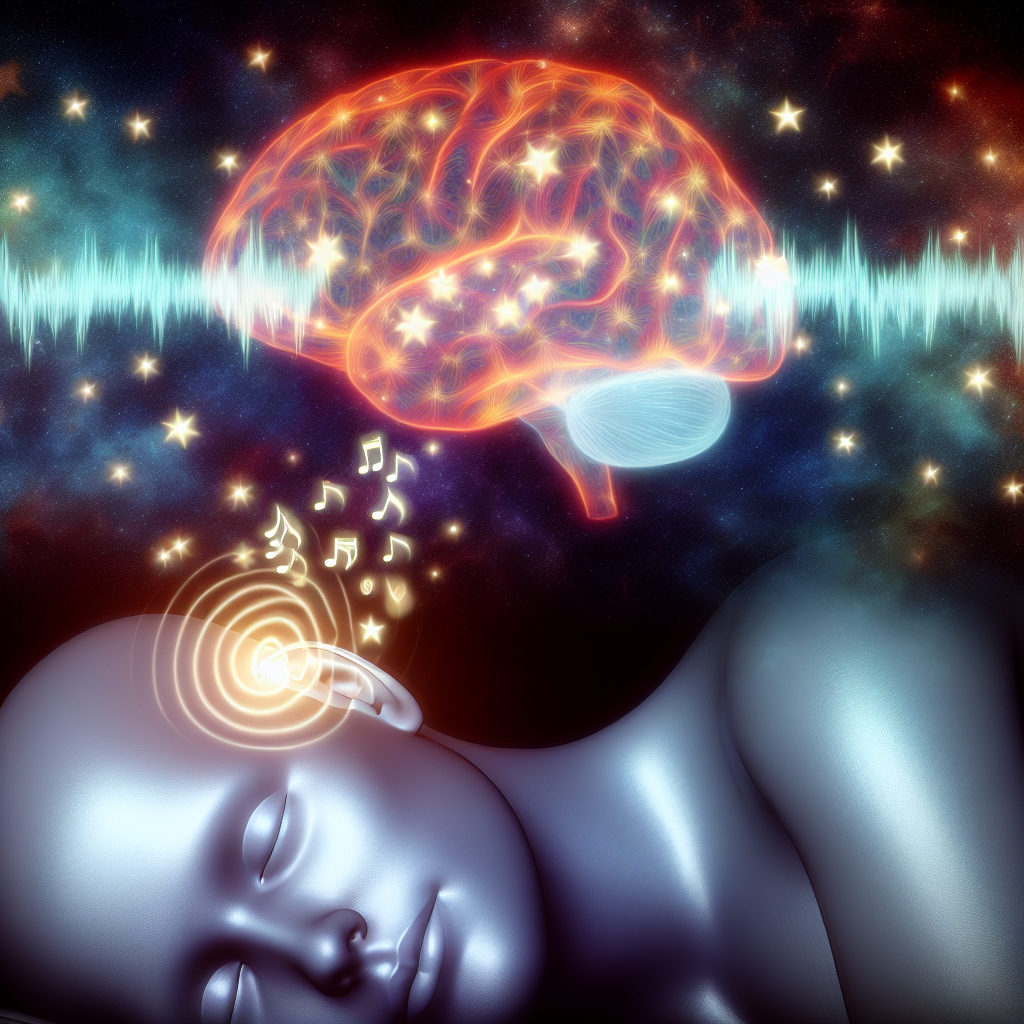Back Pain Sleep Guide – Ergonomic Pillow System for Pain-Free Mornings
Introduction
Waking up refreshed and pain-free seems like a simple goal, yet for millions suffering from back pain, morning stiffness and discomfort are all too familiar. Sleep, which should be a time for recovery, often becomes problematic when poor posture and insufficient support work against your body. One of the most overlooked sources of pain occurs while you sleep—due to inadequate mattresses or pillows that fail to support the spine’s natural alignment.
Modern sedentary lifestyles, extended screen time, and a general lack of physical activity contribute significantly to poor posture. These effects follow us into sleep, compounding existing musculoskeletal issues. But what if fixing your nightly routine could drastically reduce your pain and improve your mornings?
This is where a proper ergonomic pillow system comes in. These pillows are engineered to promote healthier sleep by aligning your neck, shoulders, and lumbar region. By doing so, they help minimize pressure on the spine and muscles, eliminate awkward sleeping angles, and reduce night-time spinal stress.
Whether you’re a side, back, or stomach sleeper, maintaining optimal spinal alignment is essential. An ergonomic pillow system cushions vulnerable areas, adjusts to your body’s curves, and redistributes pressure. This helps reduce morning pain and promotes restorative sleep—an essential foundation for long-term spinal health.
At Medoze.com, our mission is to elevate rest into a restorative experience. This guide reviews the science and structure behind ergonomic pillows and their transformative impact on back health. Let’s explore how optimized sleep can lead to pain-free days and rejuvenated mornings.
Features and Studies Supporting Ergonomic Pillow Systems
Ergonomic pillow systems are more than just comfort boosters—they’re carefully designed, medically supported tools to improve spinal wellness and reduce chronic pain. These systems utilize memory foam, latex, or advanced gel-infused materials to conform to your body’s natural contours, ensuring proper alignment and support throughout the night.
Numerous medical studies validate these claims:
– A study in the Journal of Physical Therapy Science found that patients who used ergonomic cervical pillows reported significant decreases in neck pain, disability scores, and sleep disturbances.
– Researchers from the Journal of Manipulative and Physiological Therapeutics examined pillow height and found that correct cervical support drastically improves postural alignment and reduces physical strain.
– Advanced systems often include lumbar support cushions or knee wedge pillows that elevate the legs during sleep. These aids reduce the pressure on lumbar discs by up to 25%, as documented in this study from the Archives of Physical Medicine and Rehabilitation.
– Another compelling study in the Spine Journal confirmed that proper cervical support during rest encourages better spinal health, reduces muscle spasms, and eliminates morning stiffness and headaches.
These benefits stem from how ergonomic pillows gently guide your body into optimal positions—mitigating stress on joints and enhancing respiratory efficiency during sleep. Many manufacturers now offer custom sleep solutions based on spinal curvature scans and posture-analysis technologies. The result is a sleep system tailored to your needs.
To optimize results, users often pair ergonomic pillows with memory foam or latex mattresses that allow for supportive sink and consistent alignment from head to pelvis. Specialized variations, such as neck cradling pillows or wedge supports, allow individuals to target pain in specific regions—from the cervical vertebrae to the lower back.
These findings make one thing clear: embracing ergonomic sleep systems can lead to significant improvements in daily comfort, mobility, and overall sleep quality.
Conclusion
Imagine waking up without soreness, stiffness, or tension. With the help of a proper pillow system for back pain, you can transform this dream into reality. Ergonomic pillows offer more than just nightly comfort—they are carefully engineered tools that reduce pain, improve posture, and enhance your body’s ability to recover while you rest.
Nightly spinal alignment is not a luxury—it’s a necessity. When combined with mindful sleep hygiene and supportive bedding, ergonomic pillow systems support both sleep and spinal health over the long term. Whether you’re dealing with chronic lumbar strain, cervical stiffness, or general discomfort, these systems provide lasting relief and comfort.
Don’t let back pain from poor sleep posture define your morning mood. Invest in a thoughtfully designed, scientifically supported ergonomic pillow solution. Your spine—and future—will thank you.
References
- Journal of Physical Therapy Science – Effects of Cervical Pillow on Neck Pain, Neck Disability, and Sleep Quality
- Journal of Manipulative and Physiological Therapeutics – The Effect of Pillow Height on Cervical Spine and Sleep Quality
- Archives of Physical Medicine and Rehabilitation – Effect of Sitting Postures on Lumbar Lordosis
- Spine Journal – Spinal Alignment and Cervical Support in Reducing Morning Discomfort
Concise Summary
Back pain often begins during sleep due to poor posture and inadequate support. Ergonomic pillow systems help align the spine, reduce pressure points, and improve sleep quality. Backed by clinical studies, these pillows support the neck, lumbar, and shoulders while accommodating different sleep positions. Advanced features like memory foam, wedge design, and lumbar cushions provide customized comfort. When integrated with proper sleep hygiene and a quality mattress, they offer lasting improvement in pain, posture, and mobility. With the right pillow system, restorative sleep and pain-free mornings become an achievable daily reality.

Dominic E. is a passionate filmmaker navigating the exciting intersection of art and science. By day, he delves into the complexities of the human body as a full-time medical writer, meticulously translating intricate medical concepts into accessible and engaging narratives. By night, he explores the boundless realm of cinematic storytelling, crafting narratives that evoke emotion and challenge perspectives.
Film Student and Full-time Medical Writer for ContentVendor.com




